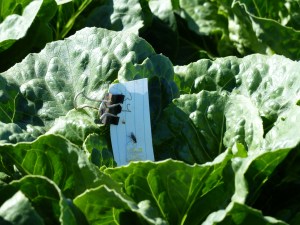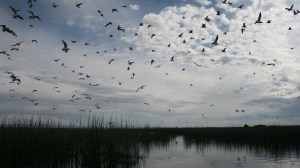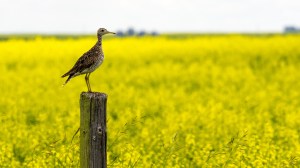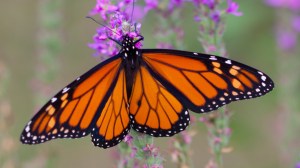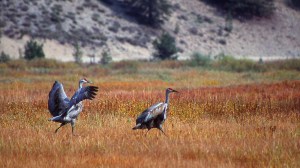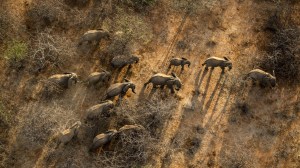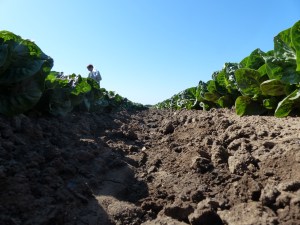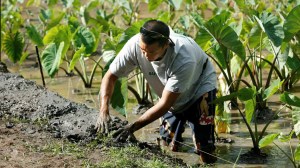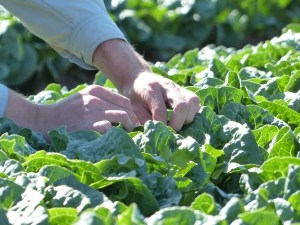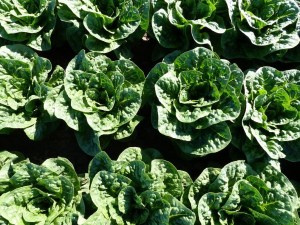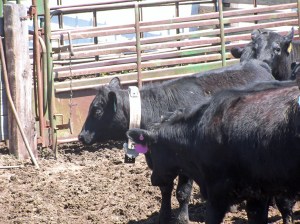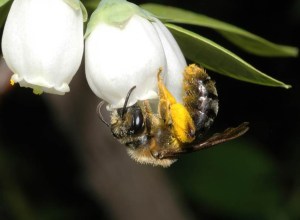Discover stories in Agriculture
Nature Doesn’t Hurt Farmers, It Helps
If removing habitat from farms doesn’t improve food safety, are other practices equally as ineffective, or worse, potentially damaging to farmers? A new study says yes.
A Cruise to a Nesting Ibis Colony
Wetlands for nesting, farms for forage: the combination is ideal for wading birds. White-faced ibis, in particular, need areas like Mud Lake in Idaho like rivers need rain.
Cows and Grassland Birds: Can They Get Along?
What effect does grazing have on grassland birds? It may not be what you think.
The Four Biggest Hazards Facing Monarch Butterflies, and How You Can Help
A recent scientific paper argues that monarch butterflies are at risk of “quasi-extinction.” But what does this mean? Our blogger breaks down the issues facing butterflies.
Raising Cranes: Can Grain Fields Save a Bird?
Greater sandhill cranes' numbers have plummeted since the 1990s in the Greater Yellowstone region. Can a new effort that pays farmers for unharvested grain help?
Good News for Elephants: How These Communities Reduced Poaching by 35 Percent
When communities become involved in conservation, does wildlife protection really follow? Recent reports from northern Kenya provide hopeful evidence that the answer is yes.
The Verdict is In: We Can Grow Safe Food and Conserve Nature at the Same Time
A new paper by Conservancy NatureNet Science Fellow and lead author Daniel Karp shows that removing habitat around farm fields does not make food safer. In fact, it may have the opposite effect.
Can Traditional Agriculture Restore the Reef?
Ninety percent of the land was covered with invasive weeds. But that degraded land could hold the key to restoring the reef on the island of Oʻahu. Just add agriculture.
Does Removing Habitat Around Farm Fields Really Make Our Food Safer?
Three people died and hundreds were sickened in a 2006 outbreak of E. coli. Wildlife eventually took part of the blame, but does removing habitat near fields to keep wildlife out actually make our food safer? A NatureNet Science Fellow investigates in a new video.
Can We Grow Safe Produce and Conserve Nature at the Same Time?
Farmers are destroying habitat near farms out of fear that wildlife is spreading E. coli and other pathogens to their fields. But is wildlife a source of foodborne illness? New research from Conservancy scientists suggests not.
Follow the Cow that Follows the Burn
At the Chippewa Prairie in Minnesota, conservationists are using GPS tracking to learn the secret movements of an important grassland animal: Cows. Wait. Cows?
Wild Pollinators Are Critical in Keeping our Picnic Baskets Full
Bees may seem like uninvited guests at your picnic – but before you shoo them away from the fruit salad, think twice, as they play a critical role in making your picnic possible.
